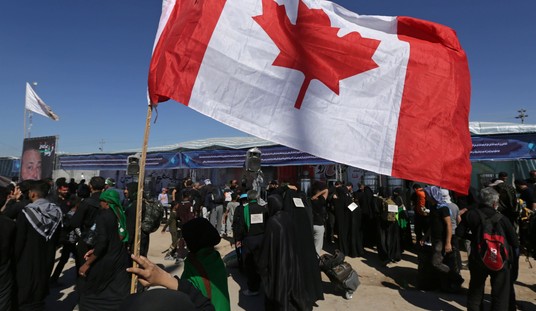I’ve said it before, and I’ll say it again: Whatever its many extravagant promises to the contrary in principle, ain’t no inequality like communist inequality in practice. For the first time since 2000, the Chinese regime has finally bothered to release a basic measure of inequality from within its communist realm, and — surprise — the picture is not a pretty one:
The Gini coefficient is a commonly used measure of income inequality, with a figure of 0 representing perfect equality and 1 total inequality. Some academics view 0.40 as a warning line.
China’s peaked at 0.491 in 2008 before falling in recent years to 0.474 in 2012, Ma Jiantang, chief of the National Bureau of Statistics, told reporters as he announced readings for the decade from 2003.
The figures “showed the income gap is rather big”, he said at a press conference on the country’s economic growth. …
Other organisations have published their own readings in the interim, with some sharply higher than the official data.
And I think it’s safe to assume that the “official data” from the reliably deceitful and manipulative Chinese government isn’t quite accurate; a recent survey from a research center founded by the Southwestern University of Finance and Economics and the Institute of Financial Research, which operates under China’s central bank, estimated the coefficient at 0.61 in 2010. Ouch.
The plutocratic Chinese regime has been struggling a lot lately with their handling of their profound Internet censorship and the accompanying social unrest, and they’re trying to figure out how to balance their latent desire to maintain their totalitarian chokehold with the increasingly obvious modern fact that free speech and the free flow of information are conditions much more conducive to economic growth, competition, and prosperity. The Atlantic has a great post up showcasing the positive correlation between Internet penetration and the corresponding level of economic development throughout China’s various regions — check that out:
While web penetration in Beijing surpassed 72% in 2012, fewer than 30% of residents in the interior province of Jiangxi are internet users. To put those figures in perspective, Beijing’s internet usage is comparable to that of Hong Kong or Israel. Jiangxi, on the other hand, lags behind Uzbekistan, Bolivia, and Tuvalu.
In terms of the production of online content, the gap is even wider. Beijing-based websites host over 38 billion web pages, or an average of 1,890 pages per city resident. Tibetan-based sites host fewer than 3.5 million pages, or just over one page per person. …
Does this mean there are two Chinas? The Connected China — where residents are relatively wealthy, connected to the world of social media and can access outside information despite government censorship, and the Disconnected China — where residents are relatively poor, still reliant on heavily regulated state-media for information and closed off to new ideas?
The Chinese government wants very badly to get on the United States’ economic level, but how to efficiently do so without easing up on the many institutional checks hindering their people’s ingenuity, creativity, and entrepreneurship (and uh, oh yeah — their basic human rights)? Such a conundrum for them.








Join the conversation as a VIP Member